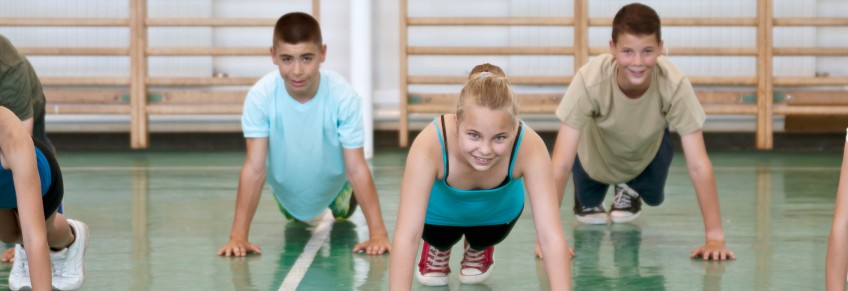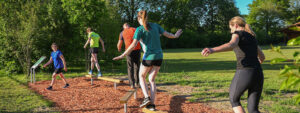Introduction
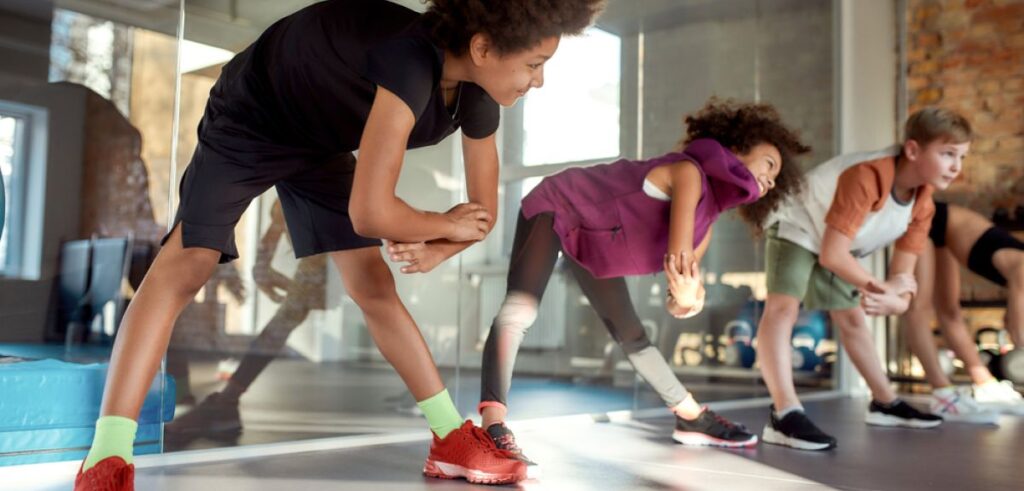
The teenage years are a critical time for physical development and establishing lifelong habits. Regular physical activity is essential for teenagers, providing numerous benefits for their physical and mental health. However, motivating teens to stay active can be challenging for many parents. This article aims to offer practical tips for parents to help their teens embrace and enjoy physical activity.
Understanding the Benefits of Exercise
Physical Health Benefits
Exercise is crucial for teenagers’ physical health. It helps improve strength and stamina, enabling teens to perform daily activities more efficiently. Regular physical activity also aids in weight management, reducing the risk of obesity and associated health issues. Additionally, staying active lowers the risk of chronic diseases such as type 2 diabetes, heart disease, and osteoporosis in the long term.
Mental Health Benefits
The mental health benefits of exercise are equally significant. Physical activity is a powerful tool for stress reduction, helping teens manage the pressures of school, social life, and personal challenges. Exercise releases endorphins, which improve mood and boost self-esteem. Furthermore, regular physical activity can enhance sleep patterns, leading to better overall mental well-being.
Identifying Barriers to Physical Activity
Lack of Time
One of the primary barriers to physical activity for teenagers is a lack of time. Busy school schedules, homework, and extracurricular activities can leave little room for exercise.
Lack of Interest or Motivation
Teens may also lack interest or motivation to engage in physical activity. This can be due to a variety of reasons, including a preference for sedentary activities like video games or social media.
Social Influences and Peer Pressure
Social influences and peer pressure can significantly impact a teen’s willingness to be active. If their friends are not interested in physical activity, they may be less inclined to participate themselves.
Accessibility and Availability of Resources
Limited access to safe spaces for exercise or a lack of available resources, such as sports equipment or fitness programs, can also hinder a teen’s ability to stay active.
Creating a Supportive Environment
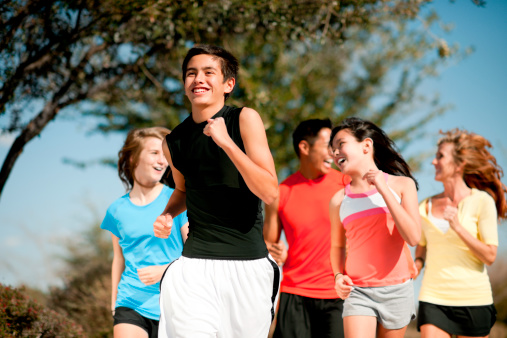
Setting a Positive Example
Parents can set a positive example by being active themselves. Engage in physical activities as a family, such as hiking, biking, or playing sports together. Share your own fitness journey with your teen, demonstrating the importance and enjoyment of staying active.
Providing Encouragement and Praise
Encouragement and praise go a long way in motivating teens. Celebrate their small wins and achievements in physical activity. Offer positive reinforcement, acknowledging their efforts and progress.
Finding the Right Activities
Exploring Different Types of Exercise
Help your teen explore various types of exercise to find what they enjoy most. Options include team sports, individual sports, and recreational activities like swimming, dancing, or martial arts.
Aligning Activities with Your Teen’s Interests
Encourage participation in school sports or extracurricular activities that align with your teen’s interests. Look into community programs and classes that offer a range of physical activities, from yoga to skateboarding.
Setting Realistic Goals
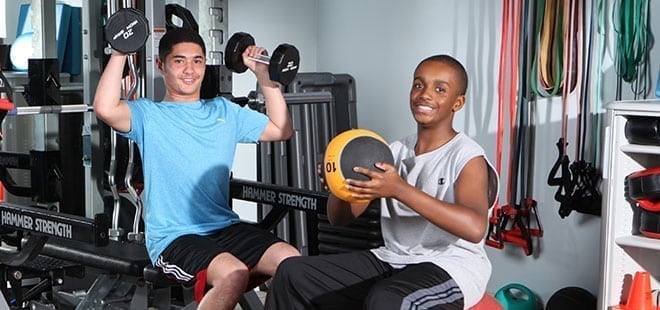
Short-Term vs. Long-Term Goals
Work with your teen to set both short-term and long-term fitness goals. Short-term goals provide immediate milestones, while long-term goals offer a vision to work towards over time.
Creating Achievable Milestones
Break down larger goals into smaller, achievable milestones. This approach makes progress more manageable and helps maintain motivation.
Tracking Progress and Celebrating Successes
Keep track of your teen’s progress and celebrate their successes. Use a fitness journal or app to monitor improvements and acknowledge their hard work.
Making Exercise Fun
Gamifying Physical Activity
Incorporate elements of play into physical activity. Use fitness apps and challenges to gamify exercise. Technology such as virtual reality workouts can also make exercise more engaging and fun.
Organizing Fun Activities
Plan family outings and adventures that involve physical activity, such as nature hikes, beach trips, or visiting a trampoline park. Friendly competitions with friends and family can add an element of excitement and motivation.
Encouraging Social Engagement

Exercising with Friends
Encourage your teen to exercise with friends. Group workouts, sports teams, or fitness classes provide social interaction and make exercise more enjoyable.
Supporting Peer Influence
Leverage positive peer pressure by supporting your teen’s friends who are active. Role models and mentors, such as coaches or older siblings, can also inspire and motivate your teen.
Balancing Screen Time and Physical Activity
Setting Limits on Screen Time
Establish limits on screen time to ensure it doesn’t interfere with physical activity. Create screen-free zones and times, such as during meals or before bed, to promote healthier habits.
Encouraging Active Screen Time
Promote active screen time by integrating movement into digital activities. Fitness video games and interactive workout programs can combine screen time with physical activity.
Promoting Active Breaks
Encourage your teen to take active breaks throughout the day. Short activity bursts, like stretching, jumping jacks, or a quick walk, can help maintain energy levels and focus.
Addressing Teen Concerns and Preferences

Listening to Your Teen’s Feedback
Listen to your teen’s feedback and be open to their preferences. Understanding their likes and dislikes can help tailor activities to their interests.
Being Flexible and Open to Change
Be flexible and open to changing activities if your teen loses interest. The goal is to keep them engaged and enjoying physical activity, even if it means trying new things.
Respecting Your Teen’s Autonomy and Choices
Respect your teen’s autonomy by allowing them to make choices about their physical activity. This fosters a sense of ownership and responsibility for their fitness.
Providing Resources and Opportunities
Access to Equipment and Facilities
Ensure your teen has access to necessary equipment and facilities. Home workout gear, memberships to local gyms, or access to community centers can make a big difference.
Educational Resources
Provide educational resources, such as books, websites, and videos, that offer information and inspiration on teen fitness. Workshops and fitness classes can also provide valuable knowledge and motivation.
Conclusion
Motivating your teen to stay active is crucial for their physical and mental well-being. By understanding the benefits of exercise, identifying barriers, and creating a supportive environment, you can help your teen develop a lifelong habit of physical activity. Remember to find activities that align with their interests, set realistic goals, and make exercise fun and engaging.
Call to Action
Encourage your teen to embrace physical activity by implementing these tips. Share your experiences and tips with other parents to create a community of support. Together, we can help our teens lead healthier, more active lives.

